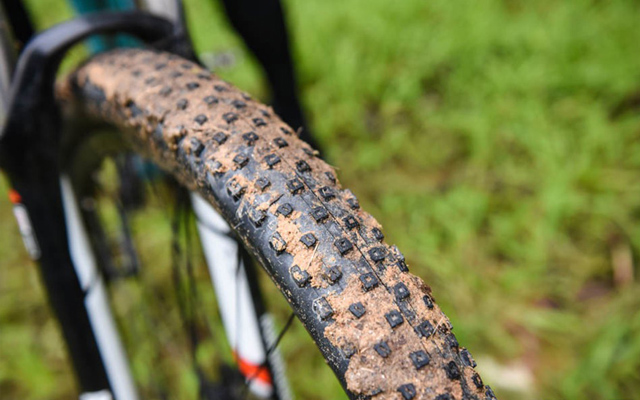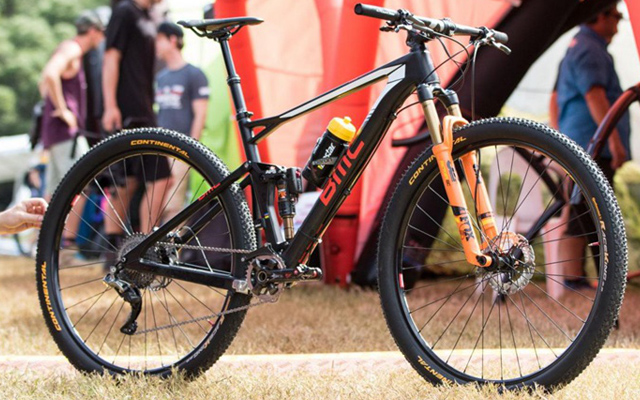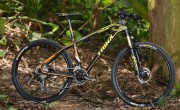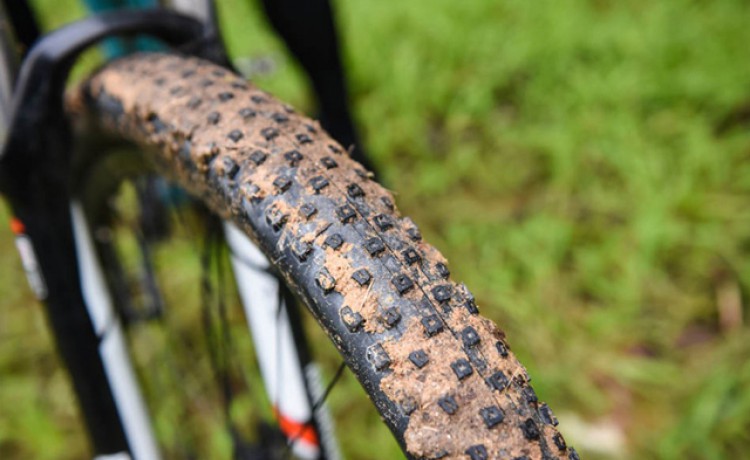Have you hit the tire pressure?
For some mountain bike beginners, how to set the tire pressure of a mountain bike is a tricky problem.
If the air pressure is too high, the tire can not absorb the vibration of the ground well, resulting in a decrease in the grip on the complex road. Conversely, the air pressure is too low, the sidewall is too soft and causes distortion, resulting in out of control of the steering, and is easy in the rock formation. Puncture and damage to the rim.
Appropriate tire pressure can not only get better grip, it will not be excessively deformed when turning, but also can be properly buffered when passing through rough terrain, and it will not be prone to puncture or side leakage. The situation.
How do you know your proper tire pressure?
Before getting the right tire pressure, we need to know which factors affect the optimum tire pressure of the mountain bike.
- The weight of the driver: This is obvious, the greater the weight, the higher the tire pressure required.
- Tire capacity: If the tire is larger, the most suitable tire pressure is lower.
- Terrain: For example, a very bumpy dirt road requires lower air pressure to achieve greater cushioning to ensure pedaling efficiency, while rocky terrain requires more air pressure to prevent punctures or frequent loops.
- The physical and technical level of the driver: Faster, more aggressive drivers need higher tire pressure because they are more aggressive when bending and crushing obstacles. Drivers with better skills can have lower air pressure because they can avoid obstacles instead of dying.
- Tire structure: Lighter and thinner tires require higher tire pressure than thicker tires.
- Whether it is a vacuum tire: The vacuum tire greatly reduces the chance of a flat tire, so the air pressure suitable for use is lower.
- Rib structure: The UST vacuum system can have a lower minimum air pressure than a normal rim modified quasi-vacuum tire. The hook-free design of the XICO rim also makes it less prone to air leaks at low air pressure.

Now that we know the factors affecting the tire pressure of mountain bikes, let's look at how to find the tire pressure that suits you: For weights ranging from 160-180 lbs (72.5-81.6 kg), using a 26-inch wheel diameter with a 2.3-foot width, in normal off-road terrain, the default tire pressure is 35 psi. Then adjust according to the following conditions:
- Reduce the vacuum tire by 5 psi.
- The front tire pressure is 2-3 psi less than the rear wheel.
- Each tire size is increased by 0.1 inch and the air pressure is reduced by 2 psi; otherwise, the air pressure is increased by 2 psi.
- 29 er to reduce 3 psi, 2 7.5 to 1-2 psi.
- For every 10 pounds ( about 4.5 kg ) of weight, adjust one psi ( for example, 200 pounds, 20 pounds more than 180 pounds, so 2 psi ).
- After calculating the result, first record the recommended air pressure of this formula, and then test it on the next ride, pay attention to whether there is frequent bottoming or leaking “snoring” when turning and rugged terrain; if there is, the air pressure is added 3 psi.
- If you think the wheel bounces repeatedly, it is not easy to control, reduce 3 psi
*Note: If it is a quasi-vacuum tire modified by ordinary rim, it should be noted that the relatively narrow rim makes it easier for the tire to leak during the bending, and may require higher air pressure. The first adjustment of the tire pressure should not be lower than 25Psi, but should be deflated after the test.
For example: the small size weighs 130 pounds, using the 29er 2.1 quasi-vacuum tire, began to use the upper tire pressure calculation formula.
35 (initial air pressure) - 5 (vacuum tire) - 3 (body weight) - 3 (29er) + 4 (tire size) = 28 psi
Therefore, the rear tire pressure is about 28 psi, and the front tire pressure is about 28-3 = 25 psi; this tire pressure is relatively high, and it is safe, and it is suitable for high-speed track or rocky cross-country route. At the general XC track, a pressure of 22-25 psi may be more appropriate.



